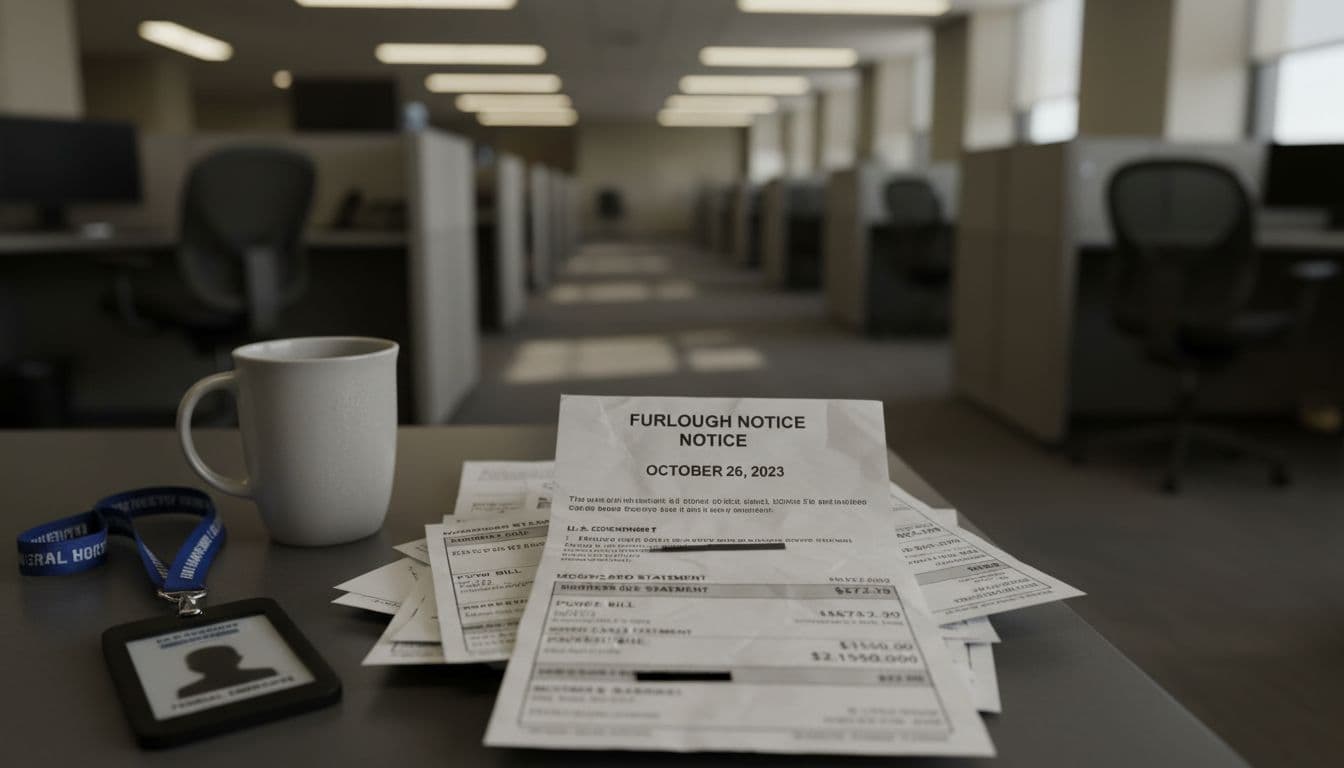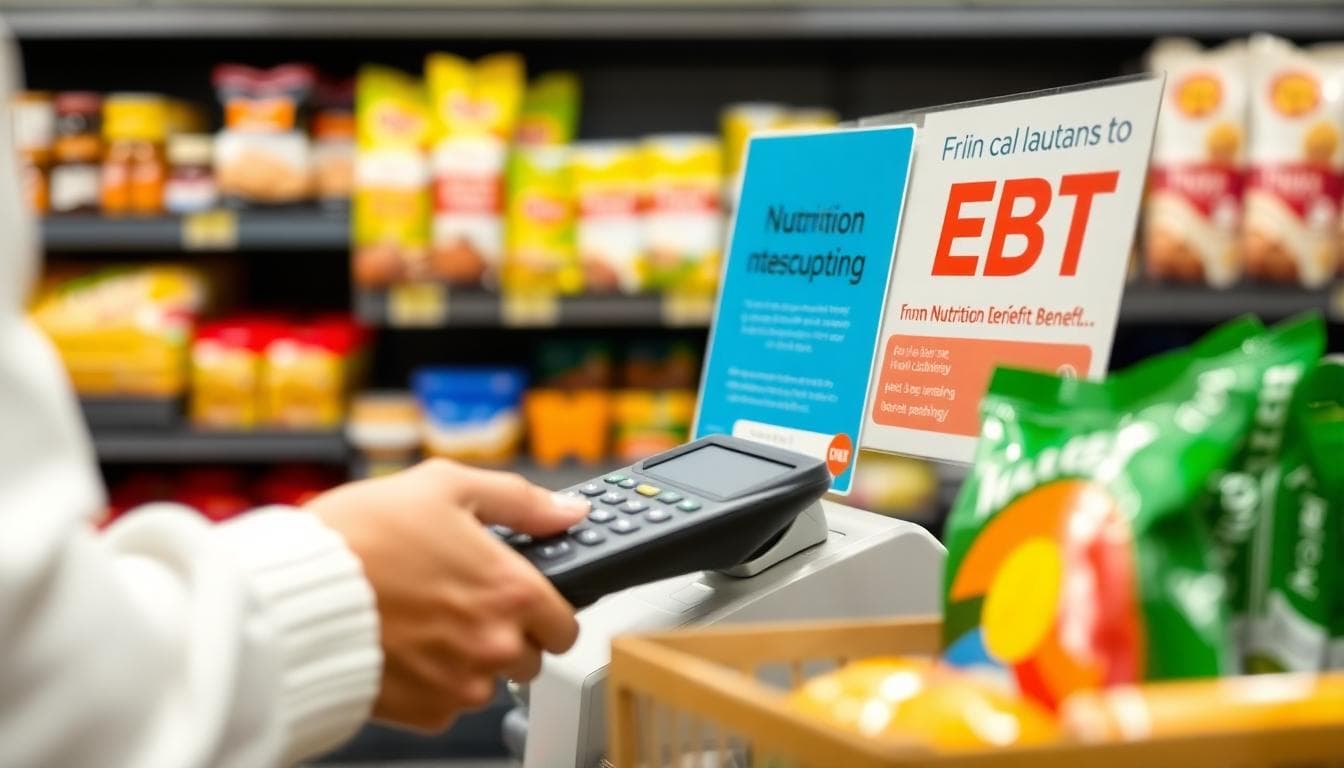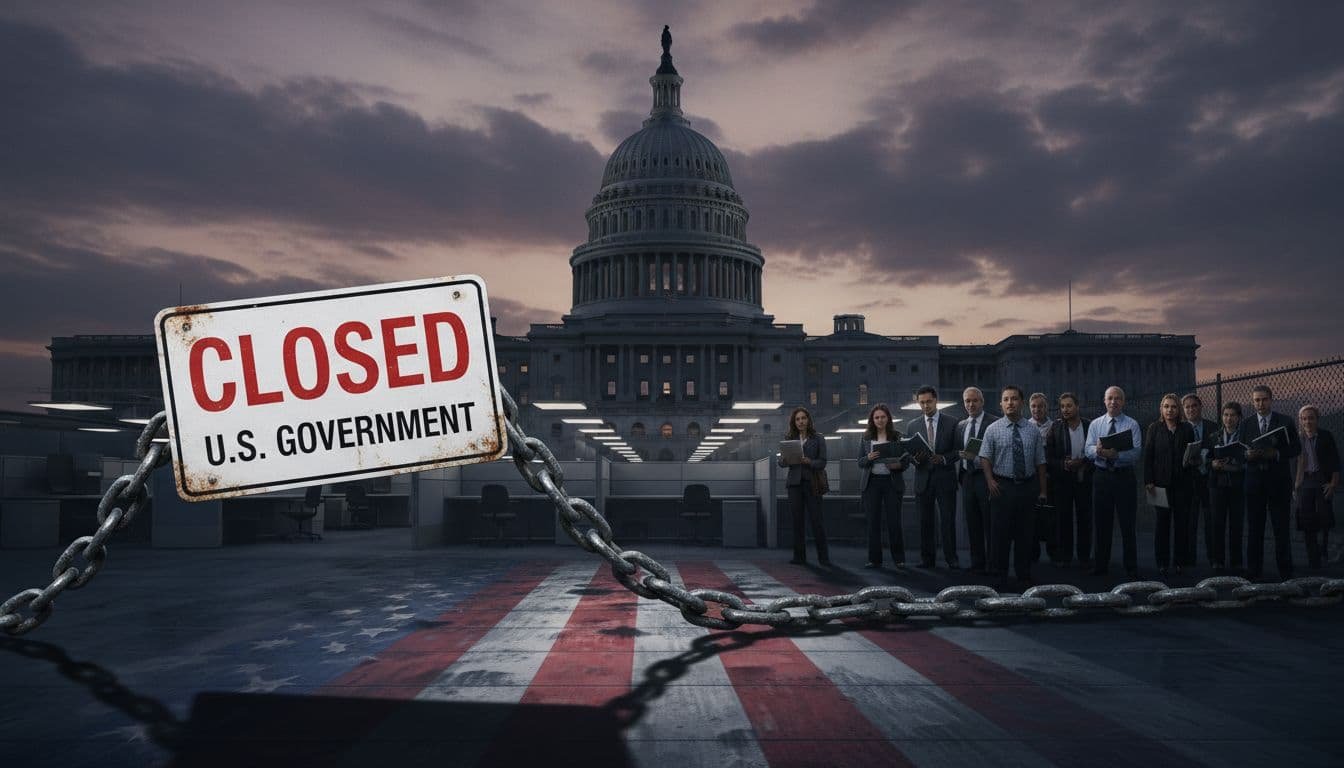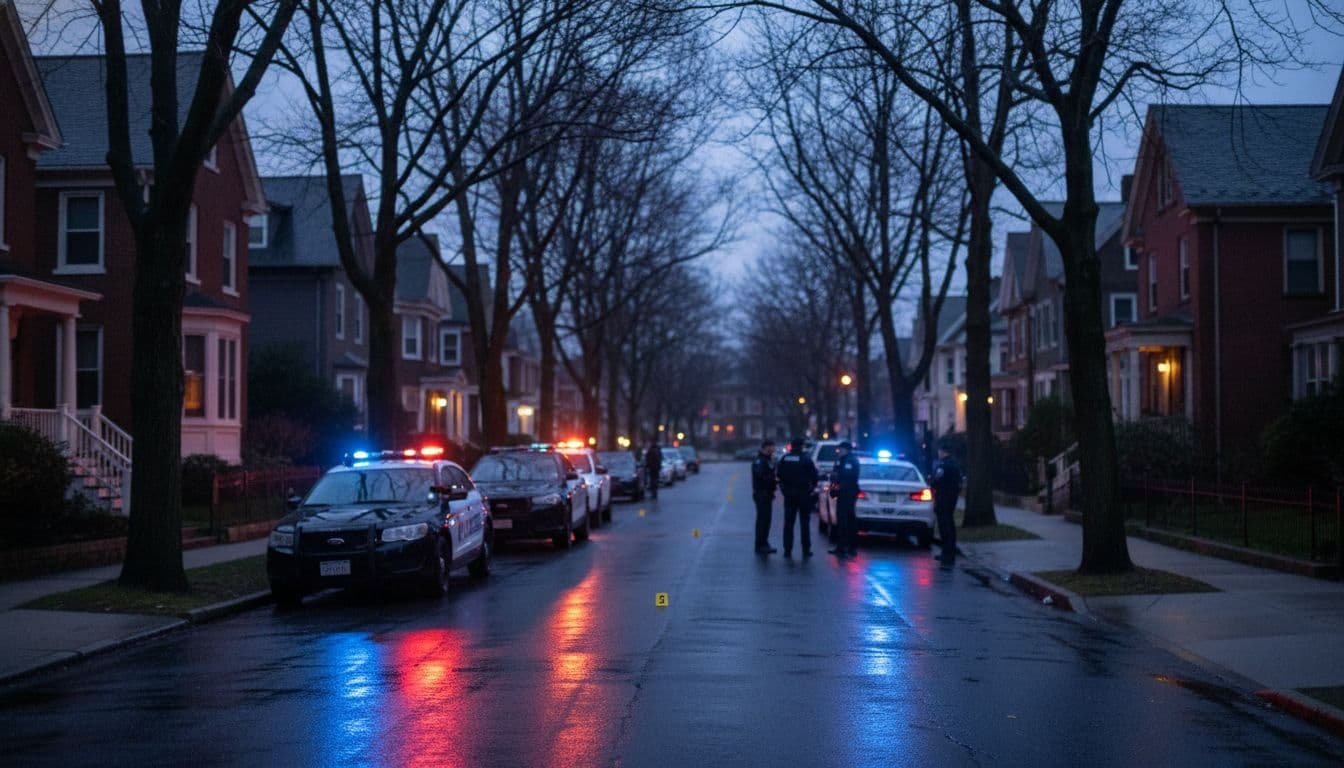The federal government is shut down, and Washington has little to show for it beyond finger-pointing. Workers are furloughed, some have been fired, and critical services are strained. Leaders in both parties are dug in. Each side is betting the other will blink first. So far, no one has.
Why there’s no deal yet
Talks are stalled because both parties see political risk in moving first. Democrats are focused on health care costs, pressing for extended Affordable Care Act subsidies before reopening the government. Republicans insist talks should happen only after the government reopens. That sequence matters, since it shifts leverage away from Democrats.
The White House isn’t pushing a breakthrough either. Public signals show unity with congressional Republicans, not a compromise path. Without a focal point for dealmaking, the shutdown drifts on.
Who is feeling the pain
Hundreds of thousands of federal employees are furloughed. Some agencies issued additional layoff notices. Nuclear security specialists received furlough notices, and air travel is under stress as staffing gaps grow. If the shutdown continues, Thanksgiving travel could be rough. Families relying on nutrition support face uncertainty if benefits lapse next month.

Shutdown politics often end when pain becomes impossible to ignore. That pain is growing, but it has not forced leaders to cut a deal. Until constituents and key industries apply enough pressure, both parties are likely to hold their lines.
The political math
Democrats see a chance to protect ACA subsidies that keep premiums in check. They want guarantees now, not vague promises later. Progressives are calling for multi-year extensions. Centrists favor a quicker off-ramp, but activism against the White House hardens positions and narrows room for compromise.
Republicans argue Democrats are keeping the government closed to score points on health care. But the GOP also faces a risk. If subsidies expire and premiums jump, voters could blame the party in power. That prospect could force Republicans to seek a face-saving deal.
Airports, paychecks, and everyday life
Air traffic control shortages can slow operations and cause rolling delays. Even small gaps can ripple across the system. Travelers may see longer lines and more cancellations if the shutdown drags on.

For families using nutrition benefits, any break in support hits budgets fast. Grocery prices are still sensitive. A missed month can push households into debt, cut meals, or force hard trade-offs on rent and medicine.

What a realistic deal could look like
- Short-term funding bill for 30 to 45 days to reopen agencies.
- A written, public framework on ACA subsidy extensions and timing.
- Targeted exceptions to restart high-impact services such as air traffic training and critical safety roles.
- Regular status reports to keep pressure on negotiators.
This path spreads political cost and lets both sides claim a win. Democrats get a clear pledge on subsidies. Republicans secure reopening without conceding multi-year extensions up front.
What to watch this week
- Signals from Senate leadership on a short-term continuing resolution.
- Any shift from the White House toward a public compromise outline.
- Travel data: on-time rates, cancellations, and TSA wait times.
- Agency memos about safety or national security exceptions.
- Grocer and food bank statements on demand spikes.
How this could end
Most shutdowns end when one side accepts a time-limited deal with a promise to negotiate later. We may see a two-step process. Step one, reopen. Step two, lock in health care talks on a tight deadline. If travel melts down or benefits lapse, the timeline could move faster.
There is no clean victory in a shutdown. The longer it lasts, the more it costs. Workers lose pay. Families lose support. Travelers lose time. A short-term funding bill tied to a public framework on subsidies is the most likely exit. Until then, prepare for more delays, louder blame, and rising pressure to deal.
To contact us click Here .







